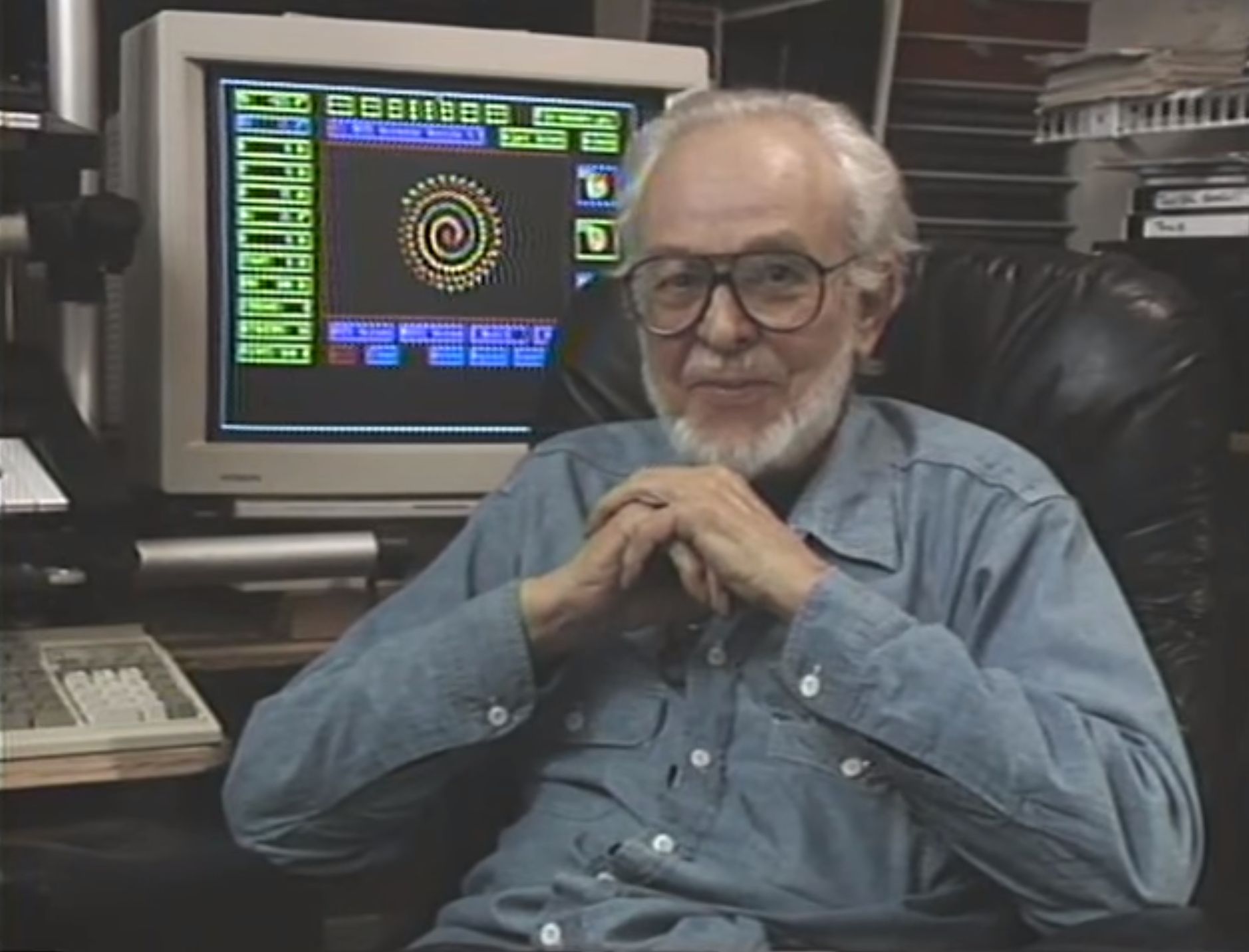Adapting your Art Practice to the
Stay-At-Home Era with Creative Code
by Tiana Dueck - featured on Volvox Vault
→As artists in the stay-at-home era, many of us feel stuck and are dealing with setbacks, like not showcasing our work in person at galleries or premieres. It can feel isolating and depressing to lose the sense of community that we were used to, and realizing what a privilege it was. Now is the time to adapt in ways we might not have before this once-in-a-century pandemic. Ways like learning creative code!
Creative coding is used to create computational art. Computational art is a vast field, which can range from digital illustrations, to interactive projection mapping. Many artists get nervous to try coding, because of how difficult it can seem to learn. But with the right resources and efforts, it’s not much different than learning any other skill. Only 4.4% of Canadians are Programmers. But coding is no longer just for Computer Scientists, there are millions of Canadians learning to code today for various reasons. Learning to code as an artist opens up endless creative possibilities.
One of the first computational artists was an animator called John Whitney, aka The Father of Motion Control. You might recognize his work in the Vertigo intro sequence.
“You can already expect to hear talk of the computer doing the work of many artists.” - John Whitney (1968)
Whitney was a great believer in the illustrious future of computational art. Today half of our movies are only half real, and many of us look at our screens longer than we look at each other. Of course nothing can replace the charm of human-made art, but computers quickly became an essential counterpart. Computers in the 60s were giant, slow, and expensive. Artists like Whitney would marvel at the technologies and resources available to us now. These days there are various ways to access a computer, one which is much more nimble than its 1960s ancestor. If you can access a computer and some wifi, you're set to make art just like Whitney’s and beyond.
Today we’ll be exploring how to code mesmerizing digital illustrations and animations, similar to those of John Whitney, using modern technologies designed for visual artists, and simple trigonometric equations. You will benefit from knowing a bit about JavaScript before reading further, but will also be fine as a newbie (welcome!). Many of us thought we would never touch trig after highschool, yet here we are. Don’t worry though, your computer will do all the heavy lifting for you.
Another great privilege we have over Whitney is online computational art communities like CodePen and OpenProcessing. Now we can join virtual communities to share and view creative code on, which motivates and inspires us to keep creating. Let’s make the most out of this stay-at-home era by learning a fascinating new way to make art.
Where do I start? →
